EVEREST X
“The Everest-X is the most advanced power distributor in our company’s 25-year history. As the successor to the award-winning Everest 8000, the Everest-X represents a new summit in the pursuit of absolute fidelity, offering a previously unattainable level of resolution, timing, and emotional engagement.
Built upon decades of research and scientific refinement, the Everest-X redefines what is possible in power delivery. Whether anchoring a world-class mastering studio or unlocking new dimensions of musical immersion in a home system, Everest-X delivers unseen vistas of sonic truth.”
Lotus writes: “A significant step forward in the world of ultra high end power. Large gains over the outgoing Everest which was always exceptional in itself. More stability, calmness, poise and greater fine detail and expression on account of the even blacker rendering. The precision and easy unruffled togetherness of teh X is quite remarkable. For those who want the very best stating point for the system, the very best power, this is it.”
“This is one of the best audio devices I have ever used . I can’t tell anyone that is a silver bullet or a universal fix but in my system I am hearing into the recordings like never before. When I am sitting at my desk outside the room the music truly sounds like there is someone in there playing the piano. My system has incredible bass resolution and integration and that is now at another level. I believe that this product has done an amazing job of foundation power supply purity.” Bending Wave, USA












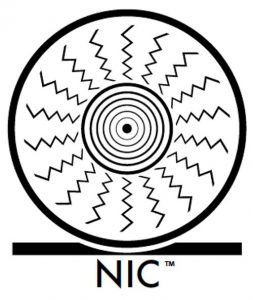
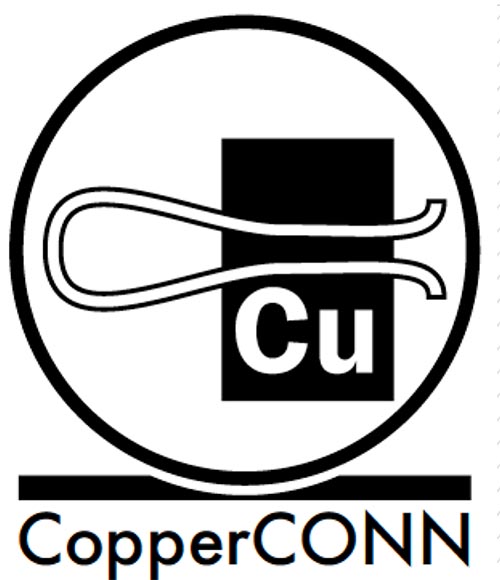
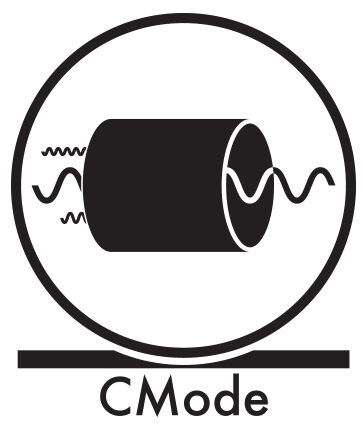




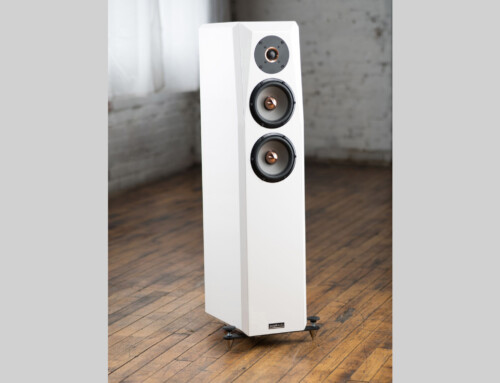
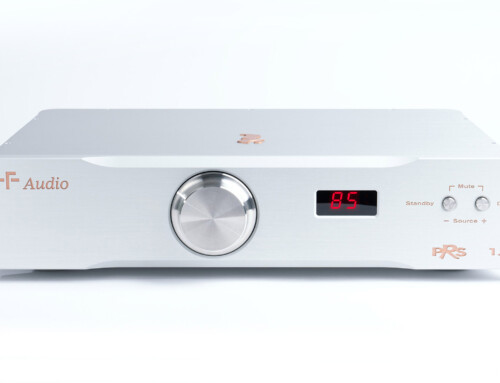

CONNECT WITH US